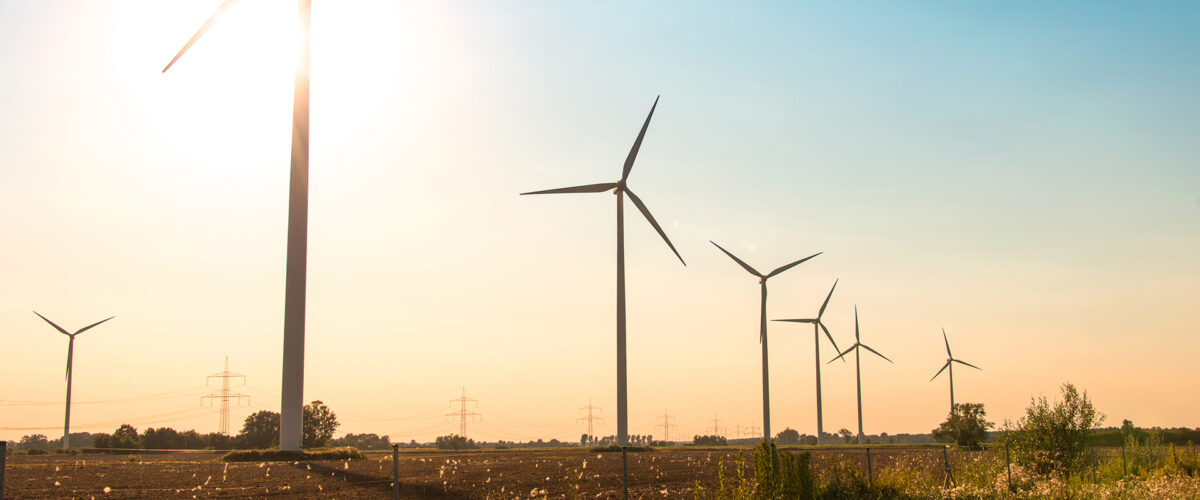case / 11 Mar 2021
Setterwalls has assisted Stena in a guiding case regarding dimensioning of wind turbines

Setterwalls’ team, consisting of Tove Andersson and Jonathan Andersson, has successfully assisted Tvinnesheda Energi AB, a company within the Stena Renewable sphere, in a guiding case regarding final turbine dimensions for a wind farm in southern Sweden at the Land and Environment Court of Appeal.
The question in the case, due to the final rotor dimension of the wind turbines being questioned by neighbors, was whether certain statements made in the application documents about the rotor size were to be considered binding under the general condition in the environmental permit. In the permit the maximum height of the wind turbines, no other turbine dimensions, was regulated. By judgement dated March 9, 2021, the Land and Environmental Court of Appeal made the same assessment as the lower instances and clearly concluded that the statements made in the permit application regarding rotor size did not constitute a concrete commitment which was binding under the general condition.
Setterwalls’ comments
In permit applications for wind farms, turbine dimensions are normally described as total height, rotor size and hub height by the applicant. Even the effect can be a factor. Usually, the maximum allowed total height is specifically regulated by the permitting authority in the environmental permit. Other dimensions, as well as other information presented in the application documents, could be regulated through the general condition in the environmental permit. According to the general condition, an operator must conduct the operation mainly in accordance with the commitments and other statements made during the permitting process.
The binding effect of a statement and if it is to be considered a commitment under the general condition depends on the circumstances in the individual case. The rapid technological development in the wind power industry has made it difficult for many operators to assess the relevance of statements made in the application documents and determine whether or not today’s turbines are covered by the environmental permit.
All permits must be assessed individually. However, it is evident from the above-mentioned case that an overall assessment of the presented information must be made and how a specific permit has been designed. In our opinion, this is promising both for legal certainty in general and for the wind power industry in particular.
The content in this article is of informative nature and does not constitute legal advice for a particular case.


